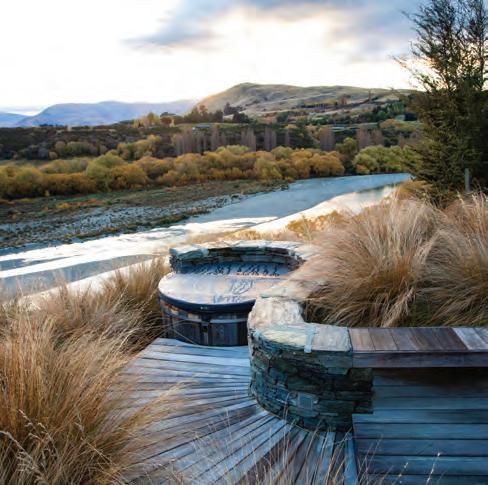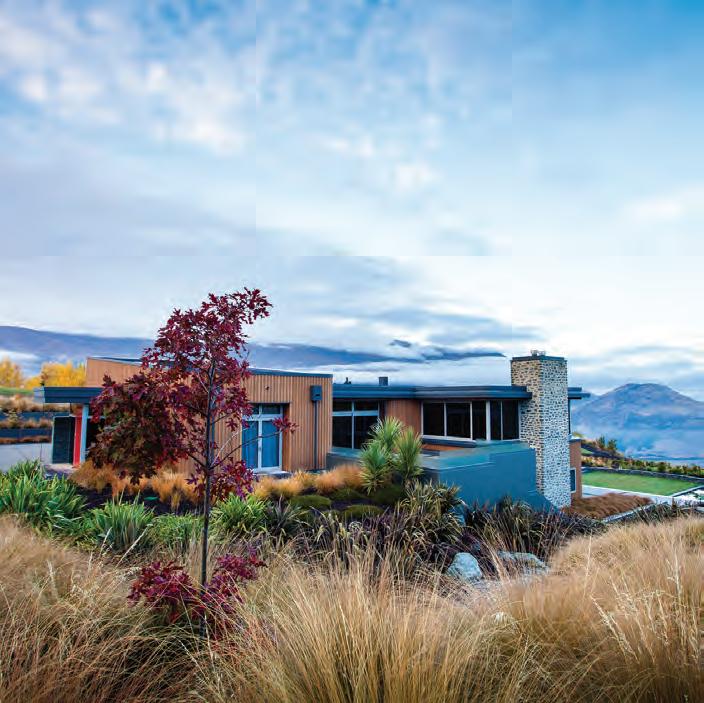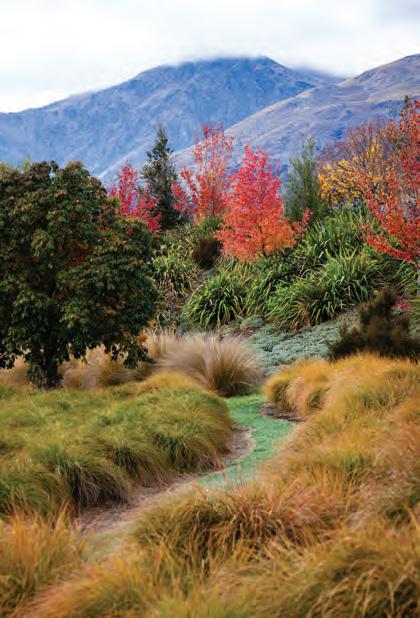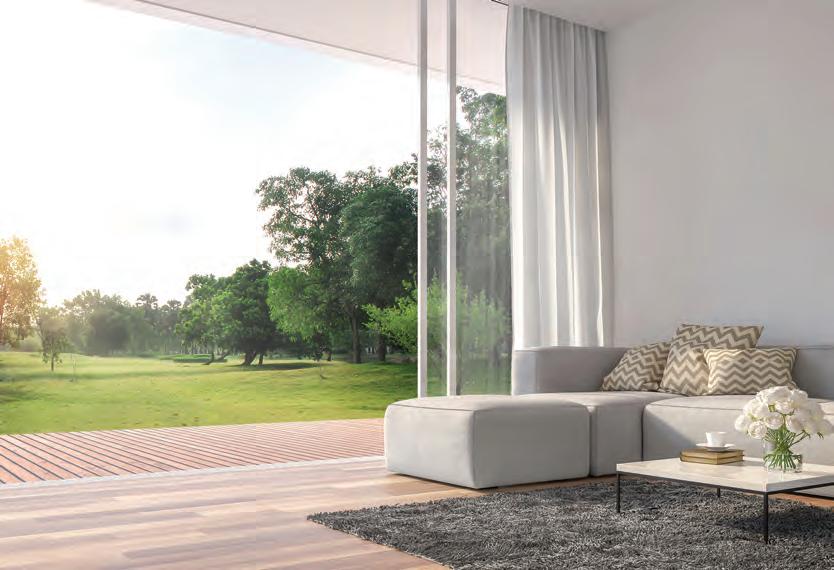
2 minute read
ROUGH AND MILNE
TONY MILNE Rough & Milne Landscape Architects

An ode to autumn

AS SUMMER PASSES TO AUTUMN, OUR RESIDENT LANDSCAPE ARCHITECT, TONY MILNE FROM ROUGH AND MILNE, CELEBRATES THE HUES AND THE BOUNTY OF THIS GOLDEN SEASON.
Ilove seasonality. Physiologically, I am more temperate than tropical. Some of you will be familiar with “To Autumn”, the poem by English Romantic poet John Keats. It starts as such:
Season of mists and mellow fruitfulness, Close bosom-friend of the maturing sun; Conspiring with him how to load and bless With fruit the vines that round the thatch-eves run; To bend with apples the moss’d cottage-trees, And fill all fruit with ripeness to the core;
I do not pretend to be a man of overly deep thought; I am in awe of those who are. However, my understanding of this poem is that it is an expression of “reverence and awe for the great changes wrought by nature as autumn brings its riches to the landscape”.
Following a fantastic flowering, our feijoa hedge is once again bountiful with ripeness. Autumn will bring a little richness to our patch. While some will default to leaf fall, and its inherent nuisance, beyond one’s own garden the landscape resplendent in autumn colour cannot but stir an emotive response.
In the late seventies, we lived in Macraes Flat, just off the Pigroot. The stretch of State Highway 85 between Palmerston and Ranfurly. Dad was sole charge teacher at the local school, and Mum took charge of the grounds, school admin and the school bus. A time when my father’s hair was longer than my mother’s, and not only just. The farming community were confused.
Central Otago resonates with me. A fantastic part of the country so aptly expressed by the paintings of Sydney, the poems of Turner and the writings of Marshall. Big sky country this is, and as Turner says, “…a remarkable and affecting landscape.”
It is affecting, and autumn heightens my relationship with this land. Land that I also view through the lens of a landscape architect. The philosophy of our three studios across the country is that we respond to and design for the locale. If we are not, we are not doing ourselves justice, nor the landscape.
Red tussock grows here, so does Viper’s-bugloss. We use the former, not so much the later. Dry-stacked schist walls express the underlying geology and the cultural overlay of the Central Otago landscape. As do the brilliant autumngold hues of exotic trees.
Aghast at the barrenness of their new home, oaks, sycamores, elms and ashes were introduced by the early gold miners and settlers to Arrowtown.
Once this tawny landscape of rocky tors and tussocks grabs you – in places overlaid with a filigree of autumn exotic colour and anchored by the linearity of the ubiquitous hawthorn – it is hard to shake. In autumn, it is even more special.











